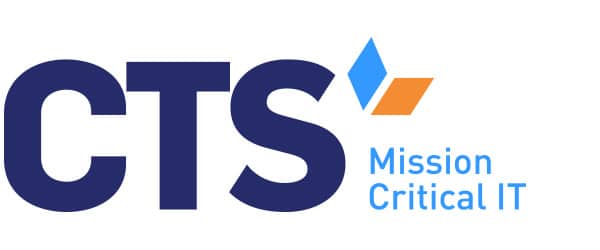Cybersecurity threats are constantly evolving as threat actors find new, more efficient means of causing harm. Certain factors such as the rising popularity of IoT devices are contributing to this problem, by introducing new security challenges. In order to protect your organization, you must take the time to understand what the most common threats are, and how they work.
1. Ransomware Attacks
Ransomware remains one of the most prevalent cybersecurity threats faced by organizations globally. These are malware attacks where threat actors encrypt your data and demand a ransom in exchange for the encryption key. In the last few years, there has been a shift towards double and triple extortion tactics, where malicious actors increase the impact of ransomware by making additional threats. They may threaten to release data, sell it, or use it for further attacks.
To mitigate the risk presented by ransomware, you must invest in strong data protection measures such as regular backups and encryption. It is critical to develop an incident response plan, so your organization can recover effectively if a ransomware attack occurs.
2. Social Engineering Attacks
Social engineering attacks, such as phishing emails, are becoming increasingly complex and difficult to spot. These cybersecurity threats manipulate human nature in order to gain sensitive information or coax employees into downloading malware. Artificial Intelligence (AI) technology is being used to make certain social engineering attacks more convincing, reducing the likelihood that a staff member will notice something is amiss.
The best way to prevent social engineering attacks is by training your staff to recognize and respond to them. Additionally, stronger authentication practices can help keep threat actors out of your systems even if login credentials are compromised.
3. Supply Chain Attacks
These are attacks in which threat actors infiltrate an organization’s supply chain, often targeting third-party vendors who may use weaker cybersecurity practices. They then use this entry point to access their true target. Schools, for instance, may be targeted through educational software infected with malware. As supply chains become more digitized and globalized, this threat will continue to grow.
To prevent supply chain attacks, you must vet all vendors thoroughly and scan all incoming software or hardware for malware. Maintaining visibility into your supply chains will help you identify anomalies that could signify a threat.
4. Cloud Vulnerabilities
Vulnerabilities within the cloud have emerged as a major concern. Poorly configured settings, weak access controls, and insecure APIs can expose organizational data to unauthorized individuals. New ransomware has been developed that targets data stored within the cloud, which may be disastrous for organizations that rely on cloud-based backups.
It is important to address these risks by prioritizing cloud security measures, including access controls, regular audits, and data encryption.
5. Distributed Denial-of-Service (DDoS) Attacks
During a DDoS attack, threat actors flood servers with traffic in order to overwhelm them. This effectively shuts down the server and prevents legitimate access, disrupting and potentially halting daily operations. DDoS attacks are on the rise, potentially due to an increase in hacktivism.
You can protect your organization from DDoS attacks by implementing cybersecurity solutions that filter traffic, such as next-generation firewalls.
6. Internet of Things (IoT) Vulnerabilities
IoT devices offer new opportunities for threat actors, as they often have limited security capabilities and low visibility. As these devices are implemented across more organizations, the growing risk of IoT vulnerabilities will need to be addressed.
The risk presented by IoT devices can be mitigated through regular security patches and access controls. IoT networks should also be segmented from core systems where possible.
7. Insider Threats
Security threats can appear just as easily from inside your organization. Disgruntled employees, contractors, or even careless users can expose sensitive data and put you at risk. With hybrid work models and bring-your-own device (BYOD) policies, this risk is likely to increase due to the addition of external, unsecured networks and devices.
Using zero trust architecture can significantly reduce your chances of experiencing an insider threat, by assuming that any attempt to gain access is a potential attack. Monitor user behavior and enforce least-privilege access policies for additional protection.
You can learn more by reading our ultimate guide to cybersecurity.
Strong Cybersecurity Solutions to Protect Your Organization
As cyber threats continue to evolve, it is more important than ever to stay vigilant and invest in cybersecurity solutions that can protect your data, organization, and reputation. Taking the time to properly understand the most common threats can show you the most effective way to prevent and respond to them.
CTS’ managed cybersecurity services provide effective solutions designed to stop threat actors in their tracks. Our proactive approach catches potential cyberattacks before they can cause harm, minimizes downtime when incidents do occur, and strengthens your security posture so that your organization is less likely to fall victim. Discover how our managed cybersecurity services can help you achieve your goals.




